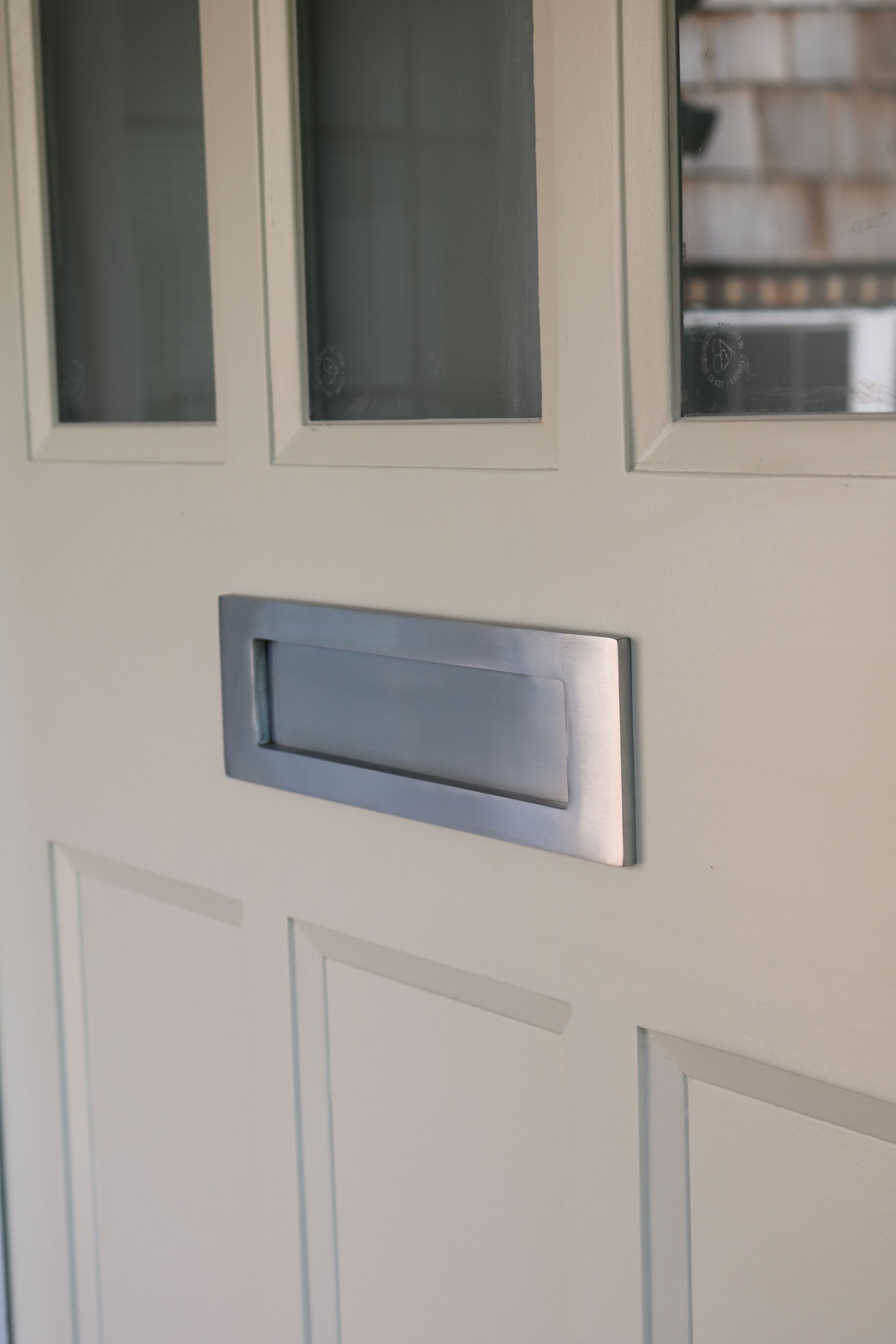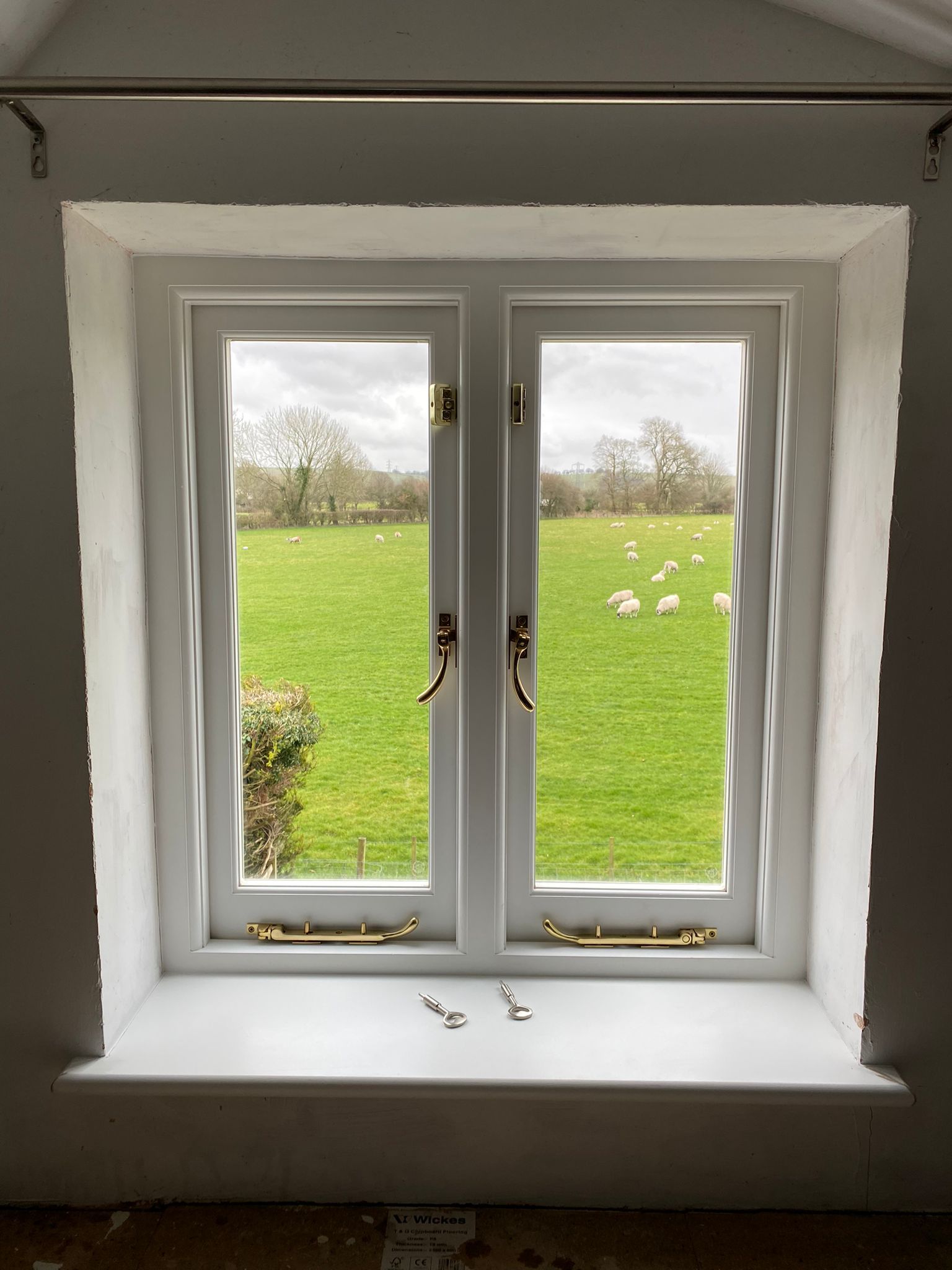The Origins & Benefits of a Sash Window
The Origin of a Sash Window

There are examples of Sash Windows in the U.K dating back as early as the 1670's, which is around the time of King Charles II.
The invention of the Sash Window is often credited to the English National Philosopher, Architect and Polymath Robert Hooke. The oldest examples of Sash Windows are known to be installed at Ham House (1670), Chatsworth (1676-1680) and at the Banqueting House at Whitehall.
Since the first examples were installed the Sliding Sash Window became increasingly more popular, being installed almost exclusively in building works for the next 250 years. The success of this style of window is down to 2 main areas, one of which being from an architectural perspective and the second is that of functionality.
Sash Windows from an Architectural Perspective
With the Traditional Sliding Sash being installed behind a brickwork reveal and seated directly on top of a stone sill, the window itself remains mostly protected from the elements. The Box Frame has just 15-20mm of exposure, and the sash held within the frame features approx 38mm of exposed timber on the verticals.
With the majority of the Outer Framework being housed behind a reveal allows for slender appearance to the windows themselves. Pretty, slender proportions lead to maximum light ingress into the property, especially important for properties with smaller windows.
On a warm day, when a properties windows need to be opened to allow for the ingress of cool air, this can often have a detrimental effect on the exterior architecture of the property. With a Sliding Sash remaining within its frame when open, and not protruding the architecture of the building remains mostly un-disturbed.
Sash Window Functionality
With the use of cords, pulleys and counterbalance a Sash Window can be opened exactly as required. The position of which is easily adjusted, with the Upper and Lower Sashes able to open to any point within the framework (where restricted openers aren't used).
By opening both the Upper & Lower Sash to the central point of the Box Frame so that there is an equal gap both Top & Bottom. This allows cooler air to flow into a room through the lower opening and push out warmer air through the top.
When in the open position a Sash Window remains held within the frame, in a ground position this prevents any traffic walking past from accidentally walking into an open window frame.





